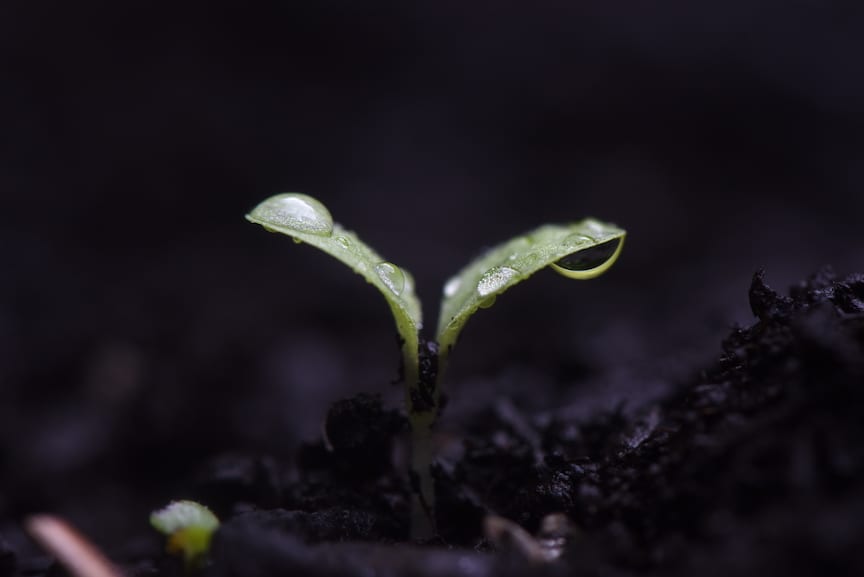
Gardening Green with Doug
How To Garden: There’s No Such Thing as a Green Thumb
By Doug Oster
March 10, 2021
Gardening is not some sort of mysterious black art, worshiped by a covenant of disciples with dirty fingernails. It’s the perfect mix of science and art. Anyone can grow a beautiful, prosperous garden.
The pandemic has increased the interest in gardening tenfold. Whether this is your first garden or 50th season, I’m hoping these suggestions will help you create a wonderful landscape.
The first lesson to learn; it should be fun. There is so much joy a garden can provide. Colorful blooms, fresh produce and a sweet sense of satisfaction are a few of the benefits, but it’s the therapeutic nature of spending time tending our treasured plants that captivates most of us.
But that doesn’t mean it’s all rainbows and butterflies. Like any worthwhile endeavor, there are failures and successes.
Every day I hear from people who claim to have a brown thumb, which always makes me chuckle. There’s no such thing as a brown or green thumb. Whether it’s a few tomatoes along the side of the garage or a lush huge garden filled with flowers and vegetables, these ideas will help assure success.
Improve the soil
A garden of clay, rock or sand, whatever you start with, needs to be amended with organic matter like compost or well-aged animal manure. Compost is the easiest to find either by the bag or truckload. Every time something is planted in my garden, compost is added to the planting hole.
I spend countless hours advising first-time gardeners to buy a truckload of compost and dump it where they want to grow things. A foot to 18 inches of compost creates a raised bed — an instant garden — to provide the imaginary green thumb with ease.
My first garden was built over several years of dumping compost and digging it into a nasty combination of clay and soil which eventually provided the plants what they need. I spent three years doing the same for my mother, converting the worst hardpan I’d ever seen into useable garden soil (only to have her announce the next spring that she was converting her garden to containers).
Know when to plant what
Experienced gardeners know that lettuce, pansies and other cold weather plants will be happy in April’s weather, but that tomatoes, peppers and impatiens can’t be planted until all danger of frost has passed.
I have to bite my tongue when I see a young couple leaving a box store in early spring with flats of plants that will most probably be killed by frost. When that happens, they think they have that brown thumb, but that’s not the reason at all.
There’s no secret to when certain seeds or plants go into the ground. Whatever you have your heart set on to plant, figure out the timing. That information is easily available in many places.
Don’t let your plants dry out
If rain is scarce, it’s important to water plants. They only need one inch of water a week, the weatherman will tell you how much rain has fallen, but it’s a good idea to have a rain gauge in the garden. Watering is best done in the morning; it lets the foliage dry out. It’s best to water at the base of the plant for the same reason. Soak those plants, don’t sprinkle them.
Mulching not only keeps the soil evenly moist it also is a great weed preventer. Mulch should never touch the base of the plant and should look like a donut, not a volcano.
Buy from a good garden center
There’s an old saying that the best nursery is the closest one. It’s true, but know that every garden center or nursery offers something different. That’s why it’s fun to visit a bunch of them during the season. The reason to shop at a local nursery is for quality plants and great information.
Plants that are properly cared for there will thrive in your landscape. One of the most important things nursery workers do is to be sure plants are fed and watered.
They are also an indispensable source of garden information. Even though my life revolves around gardening, I rely on the people who work at these local places to help me choose plants. They spend all day with them and know which cultivars are superior.
Don’t put all your eggs in one basket
Succession planting is something that will increase the odds of having a great season. It’s human nature sometimes to plant everything on the same day and have the job done. Mixing things up and planting over a period of days, weeks or months, depending on the plant will better compete with diseases and pests. When everything is planted on the appointed day, we’re assuming that the weather, diseases and pests are on our side, it rarely works out that way. A planting of cucumbers on May 15, 30 and June 15 will have a better chance of thriving than sowing all the seeds halfway through the month. I do the same with most plants in the garden and it works.
Right plant, right place
Sun lovers grow best out in the open and shade lovers undercover. Plants that love wet feet need water. Others need good drainage. It seems obvious, but read the plant tag to learn where your favorite plant will be happy.
No need for chemicals
Everyone that gardened before WWII was an organic gardener as there were no chemical fertilizers, pesticides or insecticides. Any problem arising in the garden can be solved by using organic products and methods. When the plants are growing strong in compost and kept watered, they will shake off many pests and diseases.
Don’t panic
When something is discolored, infested or just doesn’t look right, don’t panic. Take your time and diagnose the problem, and then take steps to get the plant back in shape. I answer garden questions every day on my website to help gardeners figure out what the problem might be. Taking the problematic foliage in a plastic bag to a good nursery to solve the issue is a great solution, too.
Just about anything will grow in a container
First off, bigger is better for containers, since they don’t need to be watered as often. Just about any plant that grows in the garden can be grown in a pot. The key is choosing an appropriate size of container for the right plant. A full-sized tomato needs a big 15-gallon pot, a bunch of herbs can live in a five-gallon container. One helpful trick is getting the planting mix moist before adding it to the container. A great formula for planting containers is the “thriller, filler and spiller” technique. One star is the thriller in the middle. Around it are several smaller upright plants that become fillers. On the edges, trailing plants spill over and soften the container rim.
Don’t get overwhelmed
A trip to the nursery can be confusing. Perennials, tubers, annuals, trees, shrubs, vegetables, bulbs and more can confound gardeners. When visiting a garden center, take your time. Search what’s there, figure out what you need and ask lots of questions.
Grow what you love
I’m often asked, “What should I grow?” I can tell you what works for me, but a plant can be chosen for a multitude of reasons. Just the name of a plant can be enough to be added to the garden. Many of the varieties in the garden remind me of loved ones, either because they shared a plant with me or they grew one just like it. The shape, texture, or color of a flower can be enough to get it added to the garden. Of course, something that is vigorous, beautiful, rare or strange can become a favorite too.
If something moves you, figure out how it grows and enjoy it in the garden.
One more thing, remember that gardening is fun!
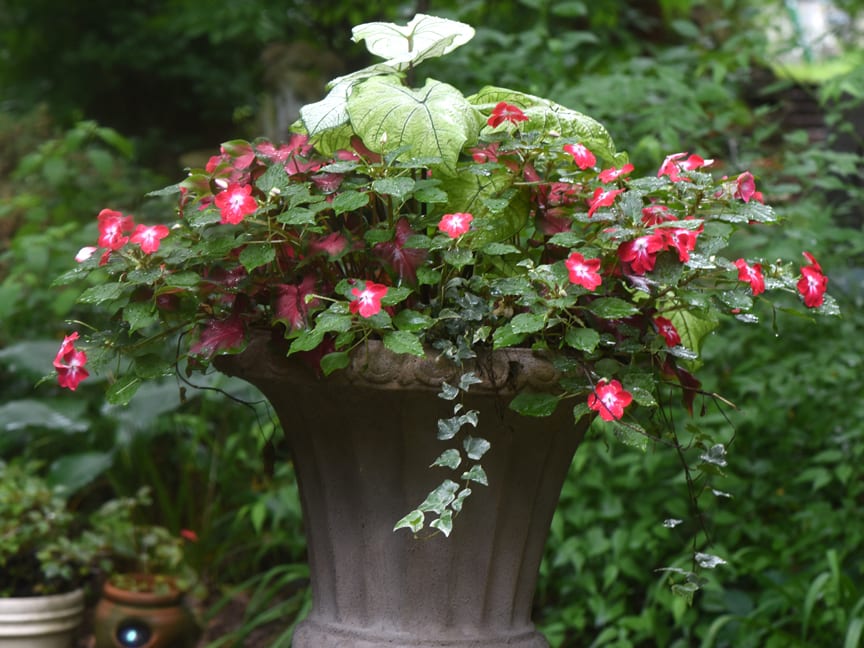
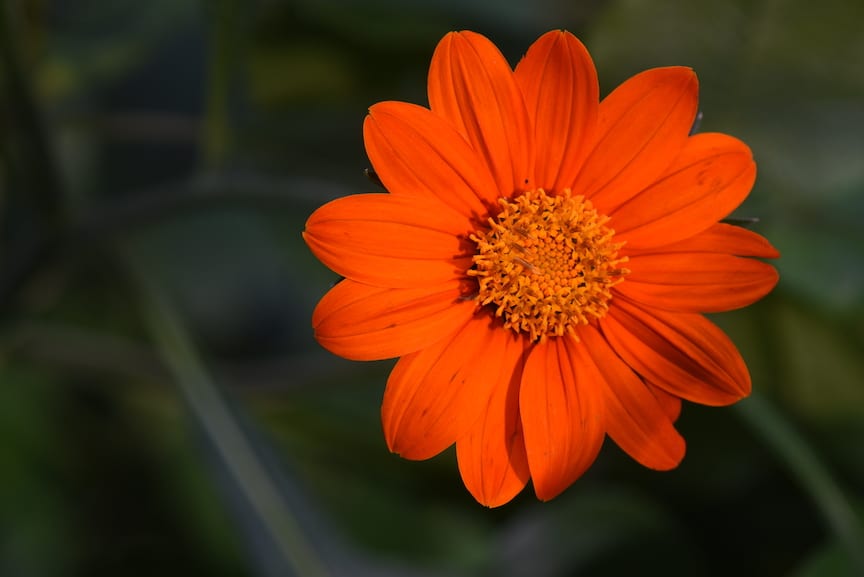
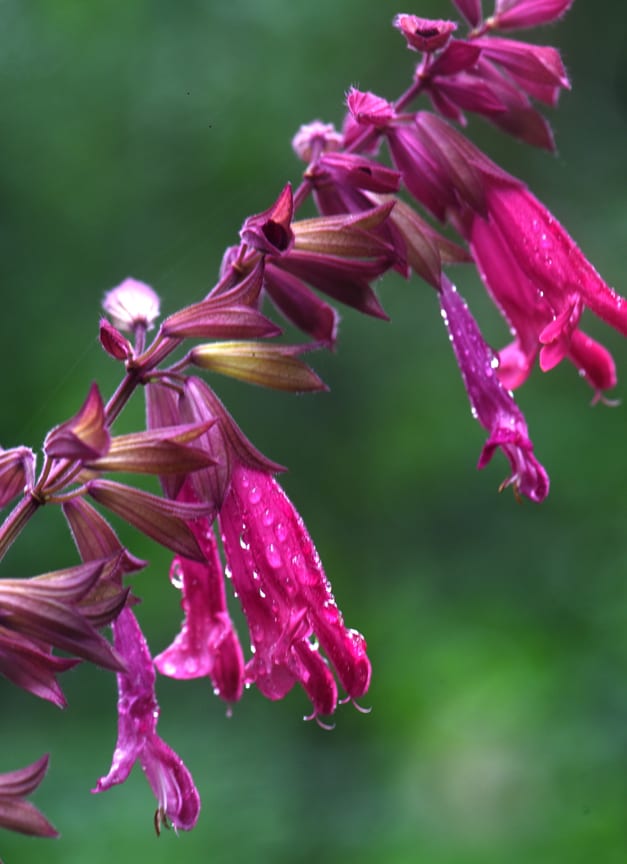
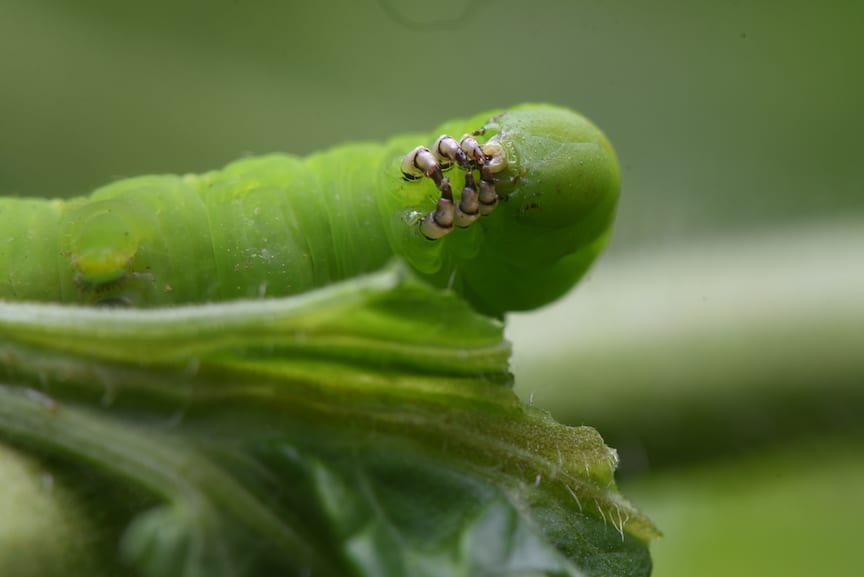
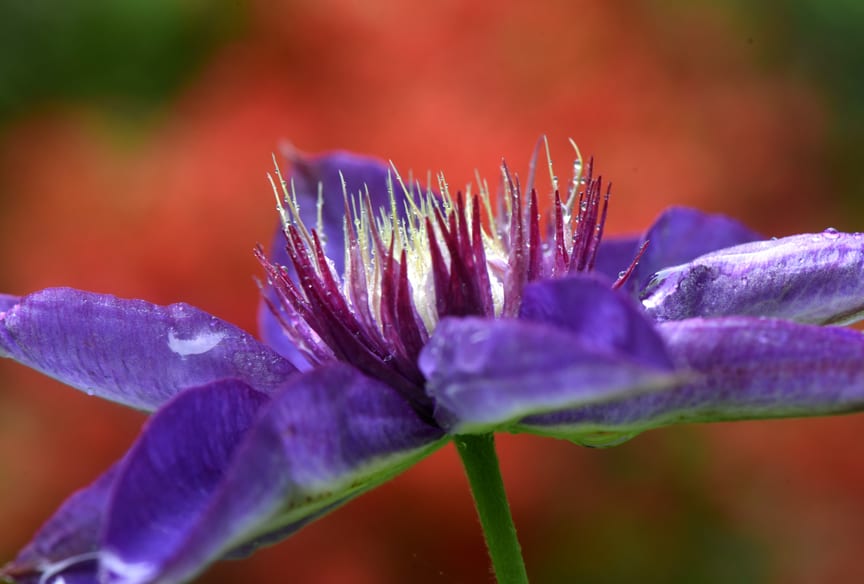

[…] can garden, I promise you. This story will help allow you to grow what you […]
Doug, you need to come to Mercer and interview Steve Thompson of Nelson’s Heirloom Gardens. His plantings of annuals around a gorgeous little cottage house is to die for!
[…] gardening mantra was repeated again for this story about how to garden and it comes into play again today. It goes like this — improve the soil, […]